Convenient places, awkward places
Nhan Hoa Ward (merged from Viet Thong Commune, Dai Xuan Ward and the old Nhan Hoa Ward) with a total natural area of 20.3 km² and a population of 28,747 people. Currently, the collection of household waste is still taking place normally, without any changes compared to before the merger. Mr. Nguyen Thanh Trung, Vice Chairman of the Ward People's Committee, said: "There is no congestion or backlog of garbage in the area because the Ward People's Committee continues to apply the current contracts on collection, transportation and treatment of household solid waste from July 1 to December 31, 2025, maintaining the old norms and unit prices to ensure stable operations".
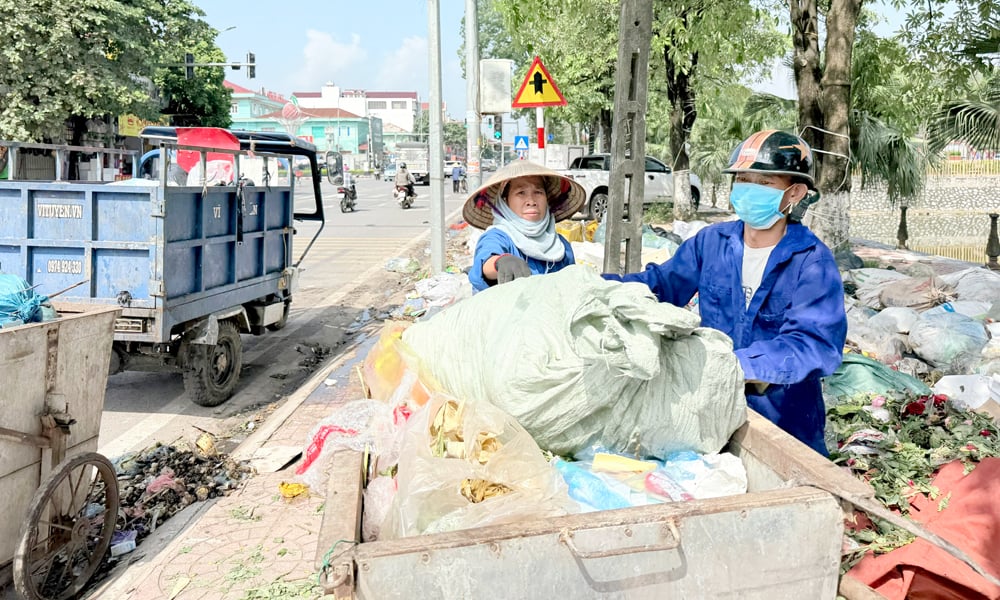 |
Workers of Luc Ngan Urban and Environment Joint Stock Company collect waste in Chu ward. |
In Chu ward - a newly merged area of 4 administrative units including Thanh Hai, Hong Giang, Tru Huu and Chu. Previously, the amount of domestic waste in the area was collected by 4 different units, depending on each locality, the units arranged appropriate collection frequencies. Mr. Nguyen Dinh Phien, Chairman of the Board of Directors, Director of Phong Van Environmental Cooperative (Chu ward) said: "The cooperative is collecting domestic waste for 8 wards and communes of Chu town and the old Luc Ngan district, with a frequency of 3-5 days/time. Waste is brought to Kien Thanh Waste Treatment Plant and the incinerator in Son Hai commune for treatment. After the administrative unit merger, the new contract has not been signed, but the two sides agreed to continue implementing the old contract until the end of 2025 to ensure that waste is collected promptly, without causing congestion".
Not as favorable as many localities, in the roadside area of Tan Tien residential group, Tan Tien ward connecting to provincial road 293 and the area along provincial road 295B passing through Tan Dinh commune, there are 3-4 illegal dumping points but they are slowly processed. The reason is explained that recently, the collection and transportation of waste in many communes and wards before and after the merger of administrative units has not been regularly maintained. In addition, due to limited human resources, limited funding, and lack of standard gathering points. In many places, collection schedules and transportation routes do not match the reality of waste production according to daily living hours...
Towards a modern, synchronous waste treatment system
According to Decree No. 136/2025/ND-CP dated June 12, 2025 of the Government , the People's Committee at the commune level is the agency primarily responsible for developing plans, organizing bidding to select environmental sanitation service providers, and settling costs for waste collection, transportation and treatment. Previously, this task belonged to the district level, but now decentralization helps shorten the management gap, increase the initiative and responsibility of the commune level, and at the same time allows the selection of models suitable to the conditions of each locality.
Although the amount of domestic waste in the province has been basically collected and treated, currently, in some localities there are still unsanitary landfills, temporary landfills at transfer stations that have not been thoroughly treated; collection and transportation vehicles are still lacking and do not meet environmental protection standards. In addition, the approval of unit prices for waste treatment at waste-to-energy plants in Bac Ninh is still stuck...
The challenges are obvious, but opportunities also open up. Decree No. 136/2025/ND-CP, effective from July 1, 2025, allows communes to be more proactive in ordering and bidding for waste collection units; increases the authority to inspect, monitor, and handle environmental violations at the grassroots level. In addition, the arrangement of administrative units in 2025 also creates conditions for reorganizing public service boundaries, forming inter-communes to receive and treat waste to optimize transportation costs and ensure smooth operations.
In the coming time, the province will direct the review and assessment of all domestic solid waste treatment areas, and publicly and transparently disclose management information. At the same time, localities need to coordinate with collection units to standardize collection and transportation plans according to routes, hours, and locations. Communes and wards create maps of the number of collection points and vehicle routes, publicly announce collection schedules by group and village; attach QR codes at collection points for people to look up schedules, quickly report, and facilitate the collection process.
For unsanitary landfills, the relevant authorities should soon have investment solutions to fix and completely handle them. At the same time, accelerate the construction of solid waste treatment plants with energy recovery to reduce the rate of landfill waste, moving towards a circular economic model.
Decentralization to the commune level is an opportunity for local authorities to promote their management role, to be closer to the people, and to understand them better. However, in order for waste collection and treatment to be truly effective, localities need to prepare carefully in terms of human resources, finance, bidding processes and monitoring mechanisms. At the same time, the participation of public service enterprises with quality commitments and the monitoring role of the Vietnam Fatherland Front and mass organizations are needed.
Source: https://baobacninhtv.vn/cap-xa-quan-ly-rac-thai-sinh-hoat-ro-trach-nhiem-tang-hieu-qua-postid425205.bbg



![[Photo] Prime Minister Pham Minh Chinh meets with Speaker of the New Zealand Parliament Gerry Brownlee](https://vphoto.vietnam.vn/thumb/1200x675/vietnam/resource/IMAGE/2025/8/28/cec2630220ec49efbb04030e664995db)
![[Photo] Red flag with yellow star flutters in France on National Day September 2](https://vphoto.vietnam.vn/thumb/1200x675/vietnam/resource/IMAGE/2025/8/28/f6fc12215220488bb859230b86b9cc12)
![[Photo] General Secretary To Lam presents the 45-year Party membership badge to comrade Phan Dinh Trac](https://vphoto.vietnam.vn/thumb/1200x675/vietnam/resource/IMAGE/2025/8/28/e2f08c400e504e38ac694bc6142ac331)
![[Photo] Politburo works with the Standing Committee of Cao Bang Provincial Party Committee and Hue City Party Committee](https://vphoto.vietnam.vn/thumb/1200x675/vietnam/resource/IMAGE/2025/8/28/fee8a847b1ff45188749eb0299c512b2)
![[Photo] General Secretary To Lam attends the opening ceremony of the National Achievements Exhibition](https://vphoto.vietnam.vn/thumb/1200x675/vietnam/resource/IMAGE/2025/8/28/d371751d37634474bb3d91c6f701be7f)
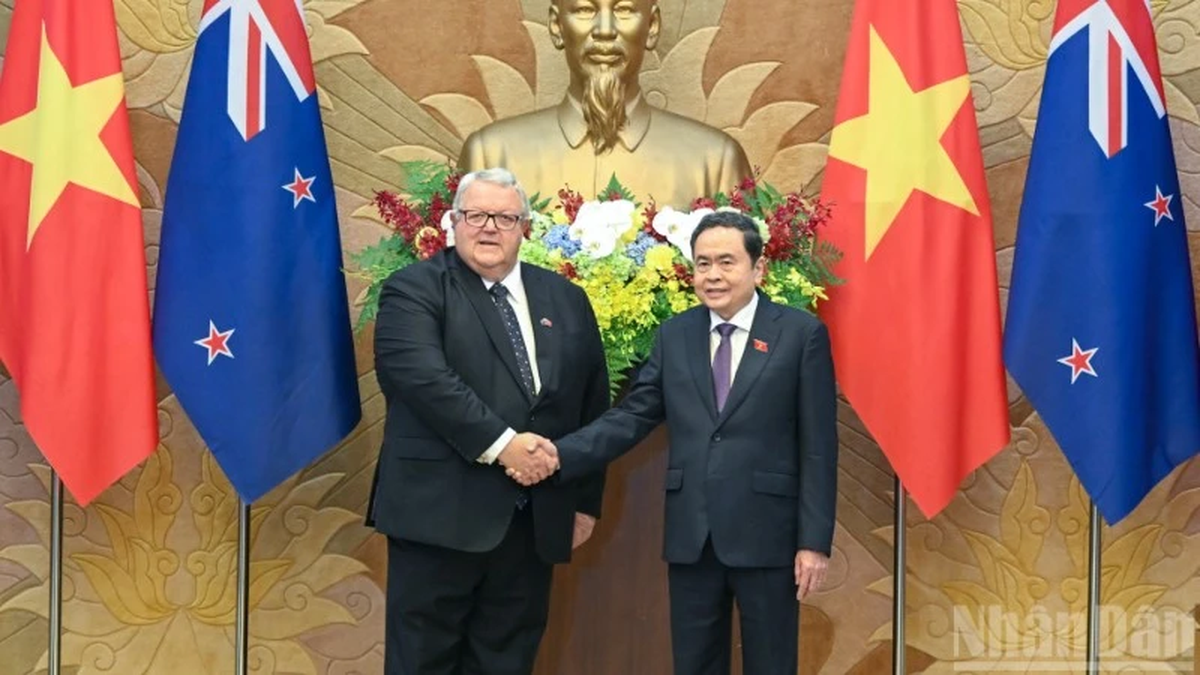


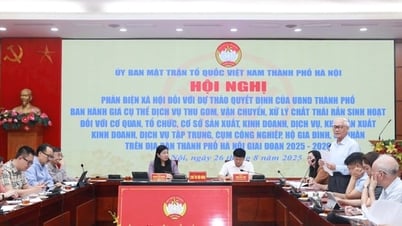



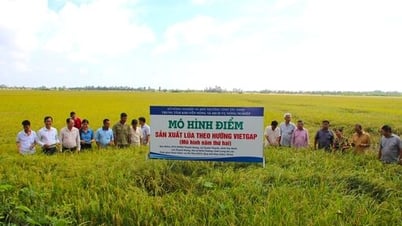

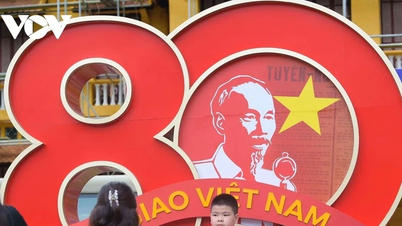

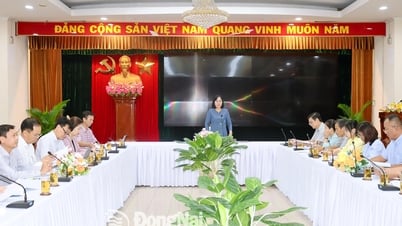

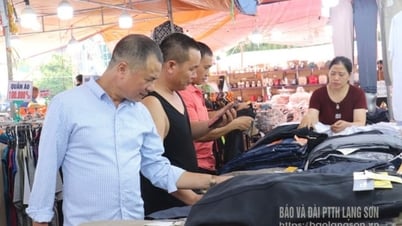

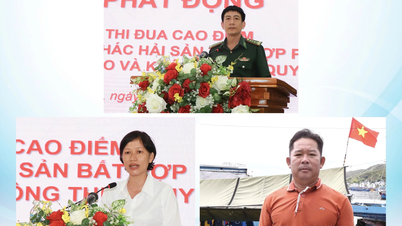


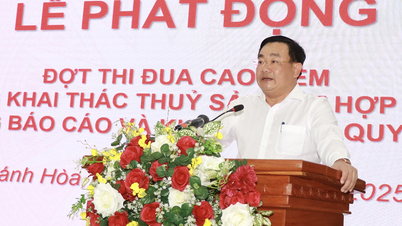







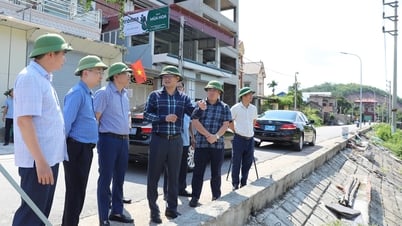
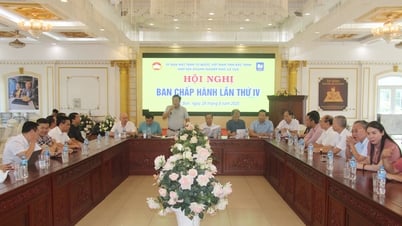
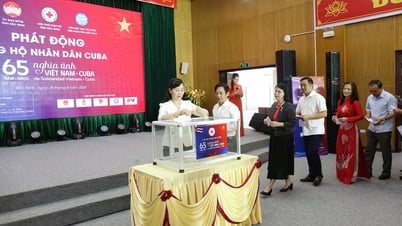
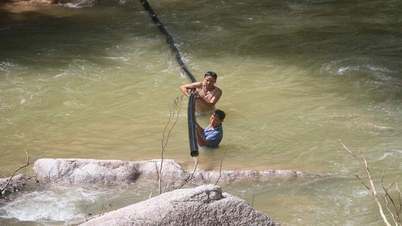
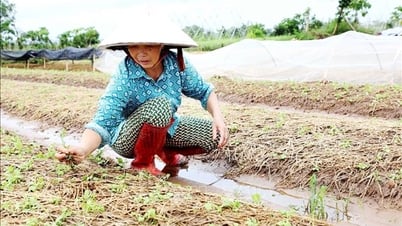



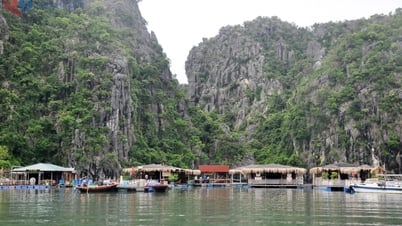

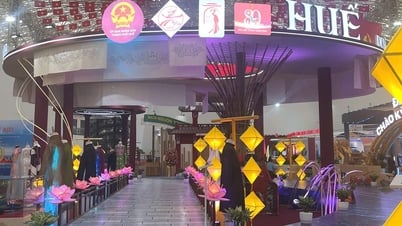

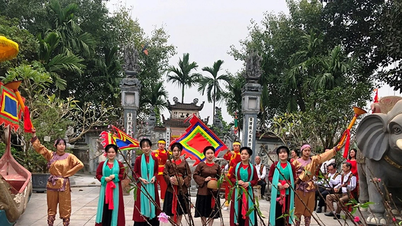






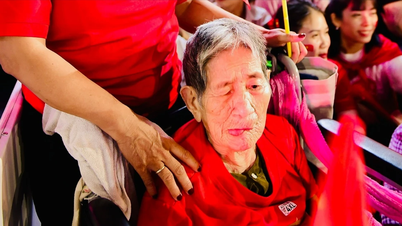

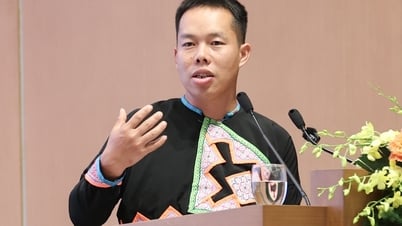

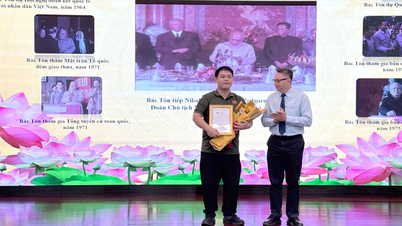

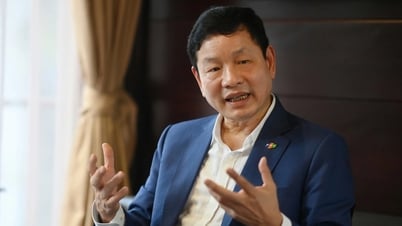


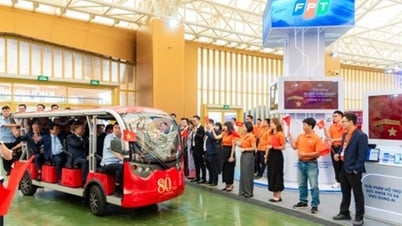


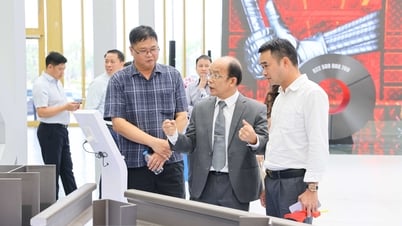
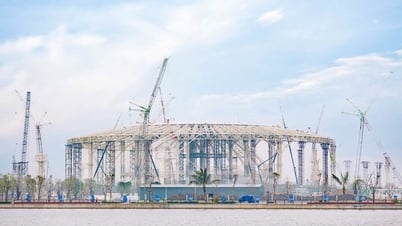

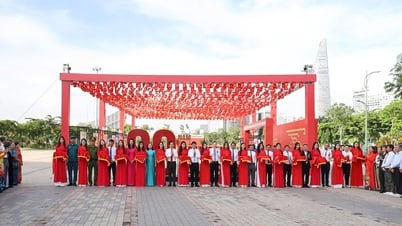
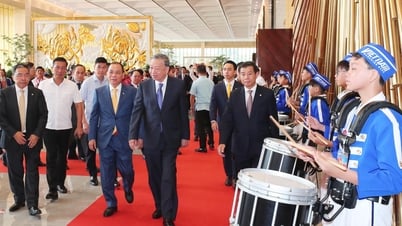

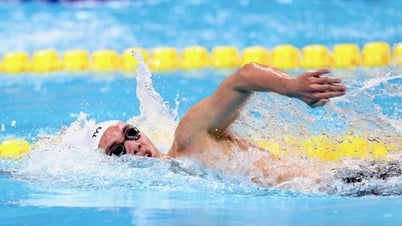
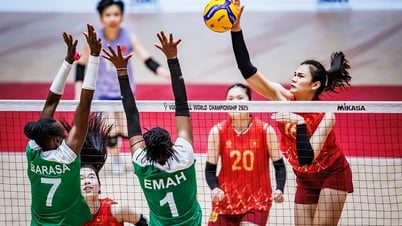











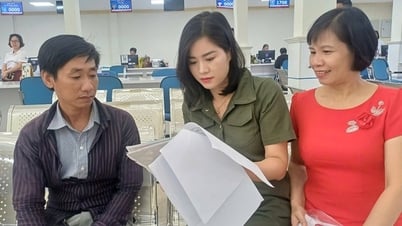

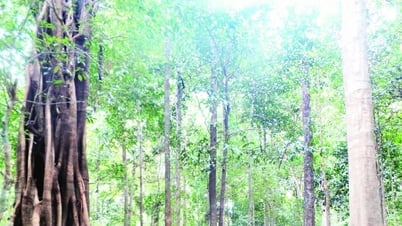

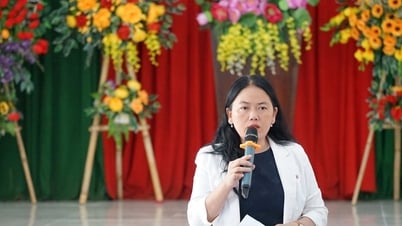
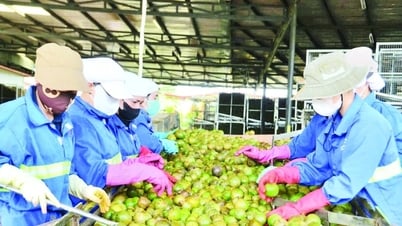
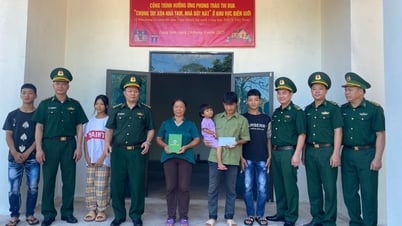
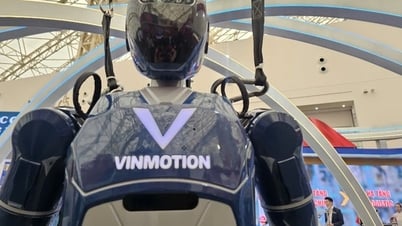

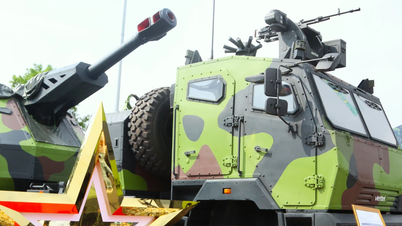

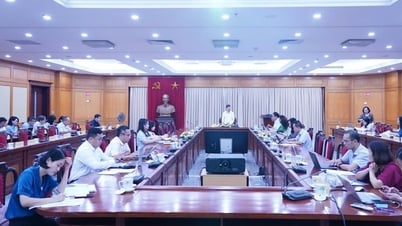
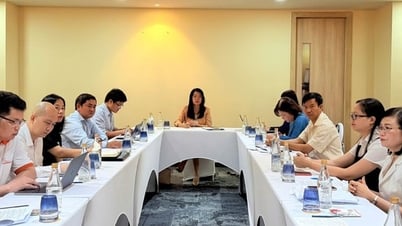
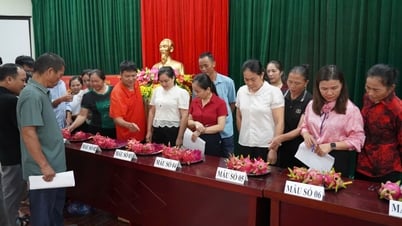

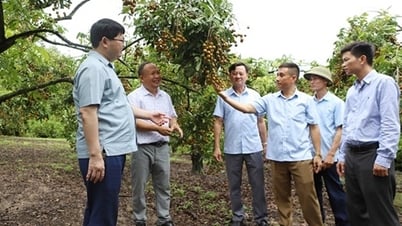






Comment (0)